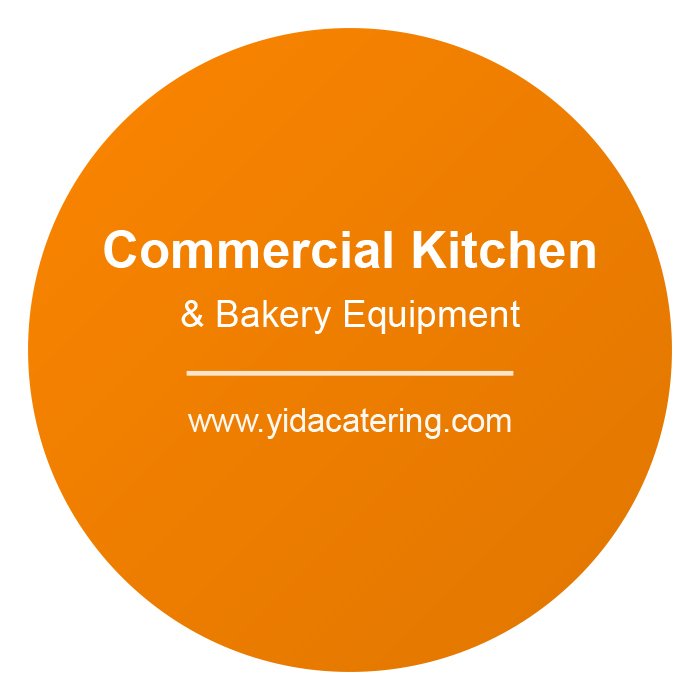If you’ve ever worked in a bakery, pizzeria, or any establishment that deals with large-scale dough preparation, you’ve likely heard of dough sheeters. These invaluable machines are a game-changer for anyone looking to streamline their dough preparation process. Whether you’re a seasoned professional or just starting out in the baking industry, understanding dough sheeters is essential for maximizing efficiency and consistency in your kitchen.
In this guide, we’ll cover everything you need to know about dough sheeters, including what they are, how they work, their benefits, and key factors to consider when purchasing one.
What Is a Dough Sheeter?
A dough sheeter is a specialized piece of equipment designed to roll out dough into consistent thicknesses. It uses rollers to flatten the dough, allowing bakers to achieve uniformity in their products with minimal effort. Dough sheeters are commonly used in professional kitchens for preparing items such as pizza dough, puff pastry, croissants, pie crusts, and more.
These machines come in various sizes and configurations, from countertop models suitable for small bakeries to larger, industrial-grade machines designed for high-volume production.
How Does a Dough Sheeter Work?
Dough sheeters operate using a set of adjustable rollers that flatten the dough as it passes through. Here’s a step-by-step breakdown of how they work:
- Prepare the Dough: Before using a dough sheeter, ensure your dough is properly rested and pre-shaped into a manageable size for the machine.
- Adjust the Rollers: Set the rollers to your desired thickness. Most machines allow you to adjust the gap between the rollers to control how thin or thick the dough will be.
- Feed the Dough: Place the dough onto the sheeter’s conveyor belt or feeding surface and guide it through the rollers.
- Repeat as Necessary: For thinner layers, you may need to pass the dough through multiple times, adjusting the roller settings incrementally.
- Cut and Shape: Once the dough reaches the desired thickness, it’s ready to be cut and shaped for your recipe.
The process is quick, efficient, and ensures consistent results every time.
Benefits of Using a Dough Sheeter
Investing in a dough sheeter offers several advantages for both small and large-scale operations:
1. Time Efficiency
Manually rolling out dough can be time-consuming and labor-intensive. A dough sheeter significantly reduces preparation time, allowing you to focus on other aspects of production.
2. Consistency
Achieving uniform thickness by hand can be challenging, especially when producing large batches. Dough sheeters ensure every piece of dough is rolled out evenly, leading to consistent results in your baked goods.
3. Versatility
Dough sheeters can handle various types of dough, from delicate puff pastry to sturdy pizza bases. Many machines also allow for adjustable settings to accommodate different recipes.
4. Reduced Labor Costs
By automating the rolling process, dough sheeters minimize manual labor, which can lead to cost savings over time.
5. Improved Product Quality
Uniformly rolled dough bakes more evenly, resulting in better texture and flavor in your final products.
Factors to Consider When Choosing a Dough Sheeter
When selecting a dough sheeter for your business, there are several key factors to keep in mind:
1. Size and Capacity
Consider the volume of dough your operation handles daily. Smaller countertop models are ideal for low-volume needs, while larger floor-standing machines are better suited for high-production environments.
2. Type of Dough
Different machines may be better suited for specific types of dough. For example, if you frequently work with delicate pastry dough, look for a sheeter designed with gentle handling in mind.
3. Ease of Use
Choose a machine with intuitive controls and easy adjustments. This will ensure that your team can operate it efficiently without extensive training.
4. Durability and Build Quality
Look for a machine made from high-quality materials such as stainless steel, which is durable and easy to clean. A well-built machine will withstand heavy use and last for years.
5. Space Requirements
Measure your kitchen space before purchasing a dough sheeter. Ensure there’s enough room for the machine itself and adequate clearance for feeding and retrieving dough.
6. Budget
Dough sheeters come in a wide range of prices based on their size, features, and brand. Determine your budget beforehand and weigh it against your operational needs.
Maintenance Tips for Your Dough Sheeter
To ensure your dough sheeter operates smoothly and lasts for years, regular maintenance is crucial:
- Clean After Each Use: Remove any leftover dough or flour from the rollers and conveyor belts to prevent buildup.
- Lubricate Moving Parts: Keep the machine’s moving parts well-lubricated to reduce wear and tear.
- Inspect Regularly: Check for signs of wear or damage, such as worn belts or misaligned rollers, and address them promptly.
- Follow Manufacturer Guidelines: Always refer to the manufacturer’s instructions for proper care and maintenance.
Conclusion
A dough sheeter is an indispensable tool for professional kitchens that demand efficiency, consistency, and high-quality results. By automating the tedious task of rolling out dough, these machines save time, reduce labor costs, and ensure uniformity across all your baked goods.
Whether you’re running a small bakery or managing a large-scale production facility, investing in the right dough sheeter can elevate your operation to new heights. Take the time to assess your needs, research your options, and choose a machine that aligns with your business goals. With proper care and maintenance, your dough sheeter will become a reliable partner in your culinary endeavors for years to come.
Happy baking!

